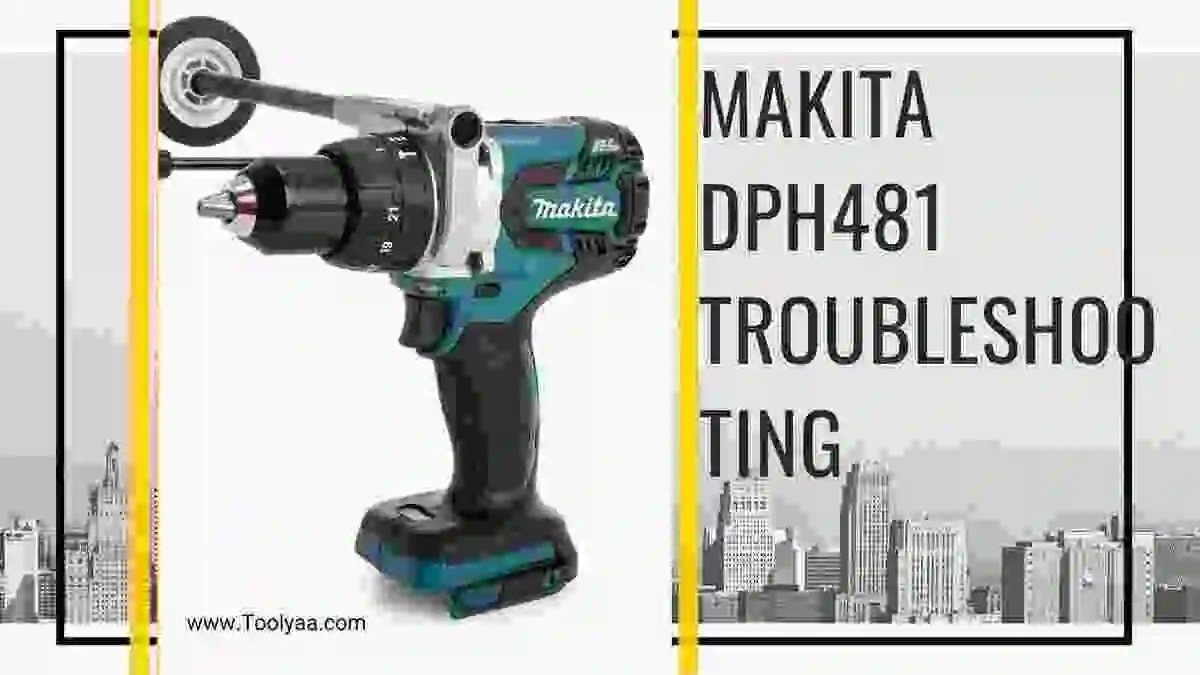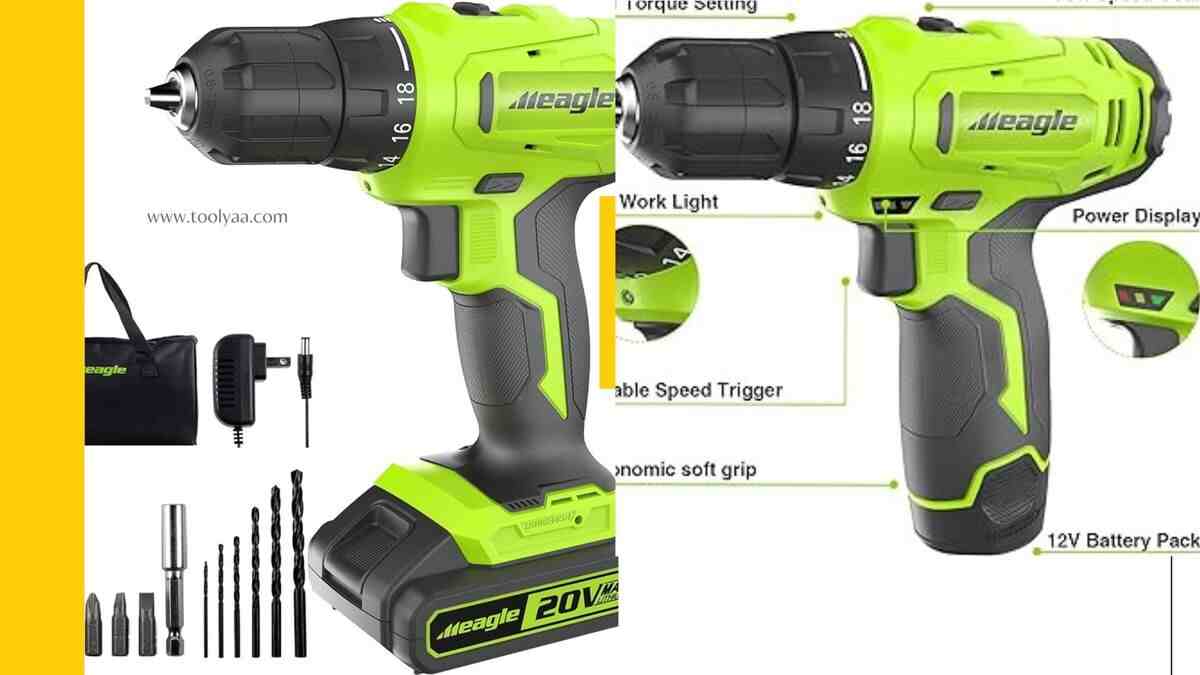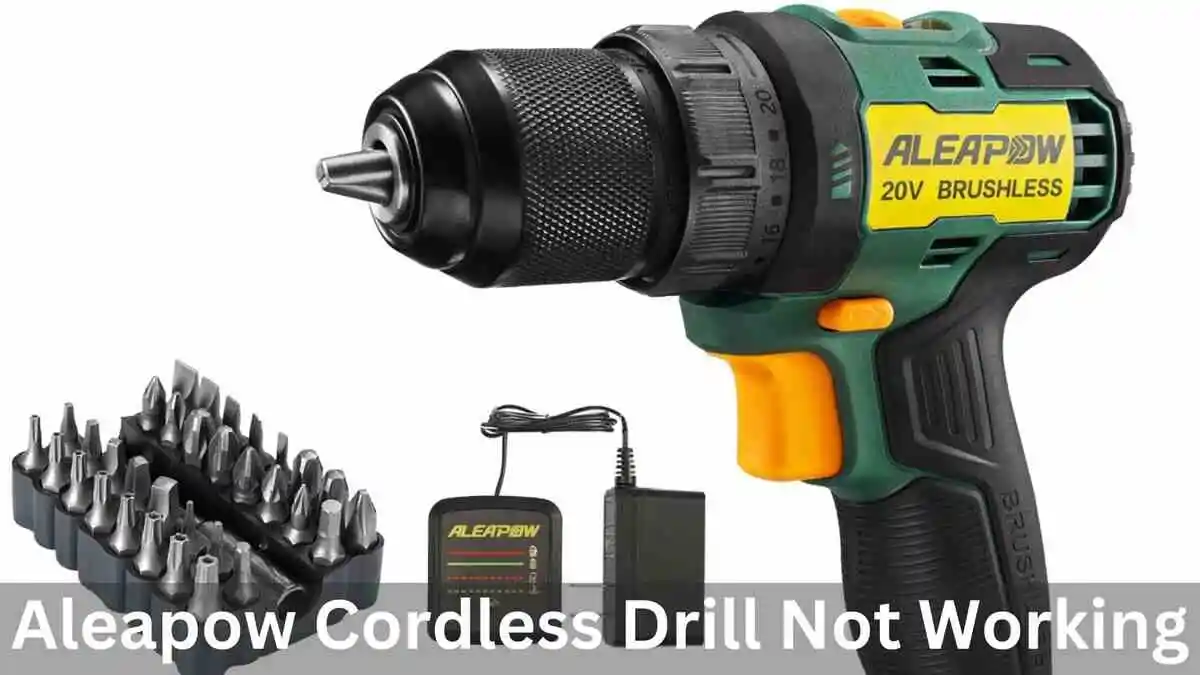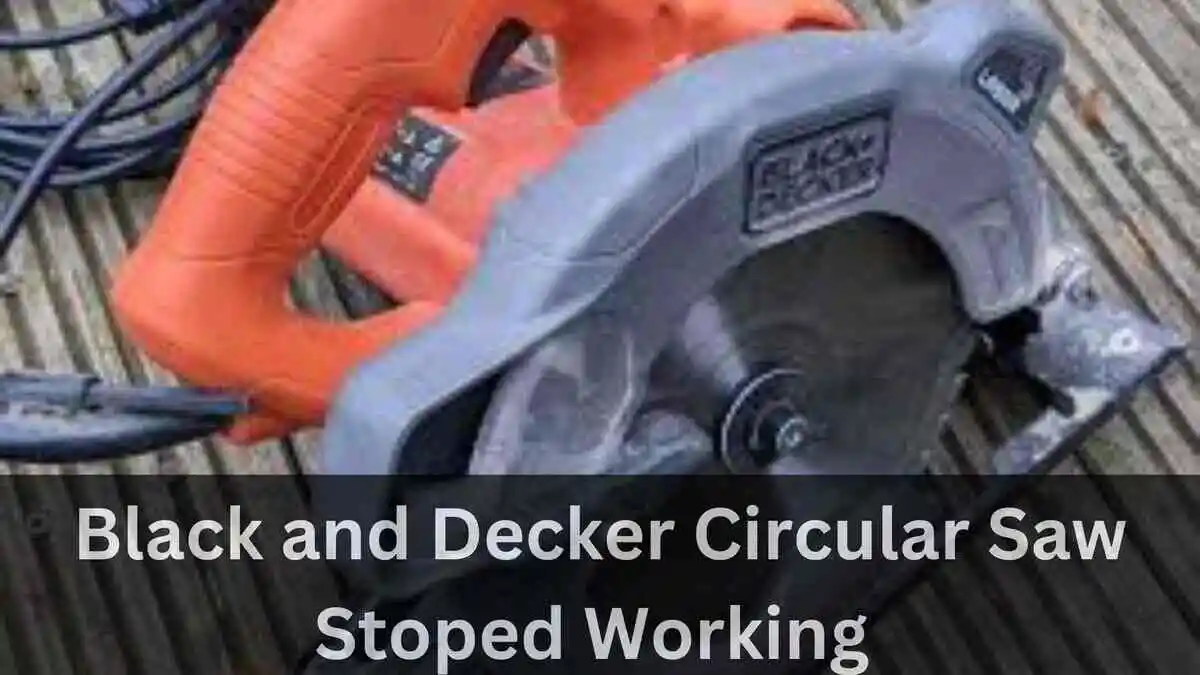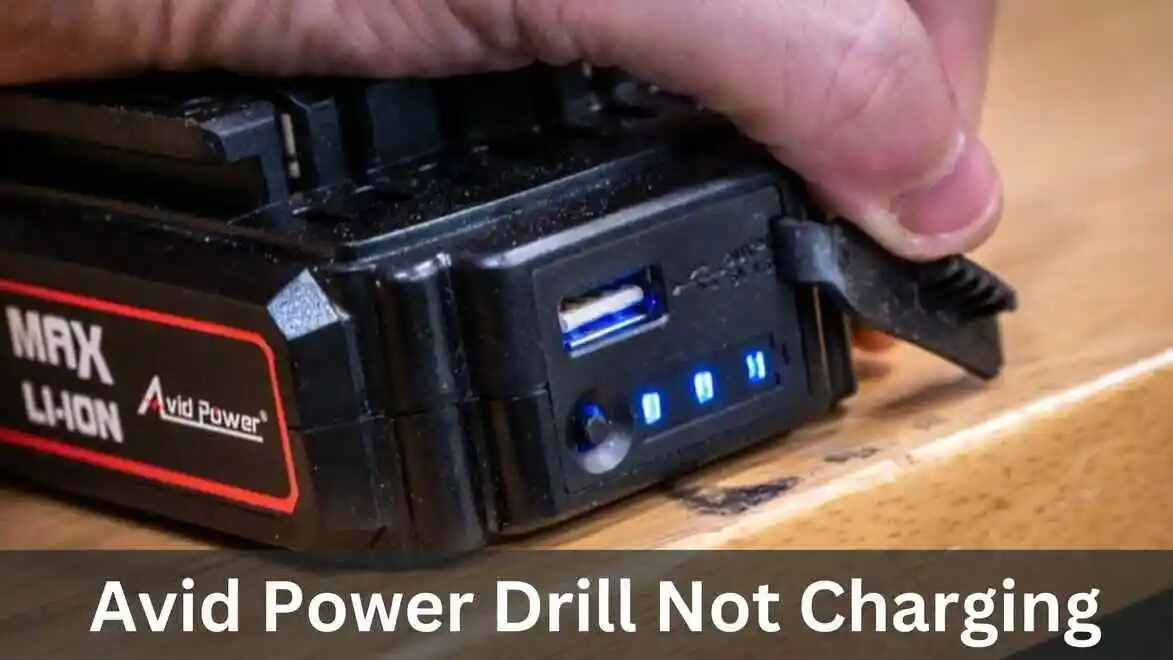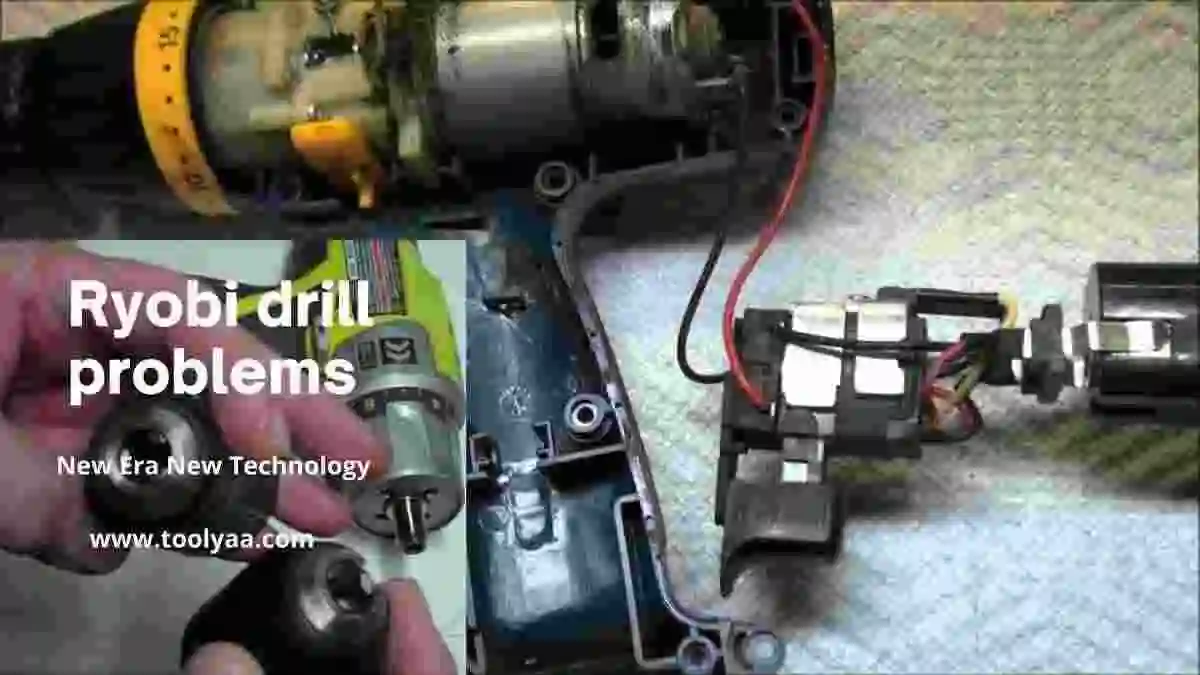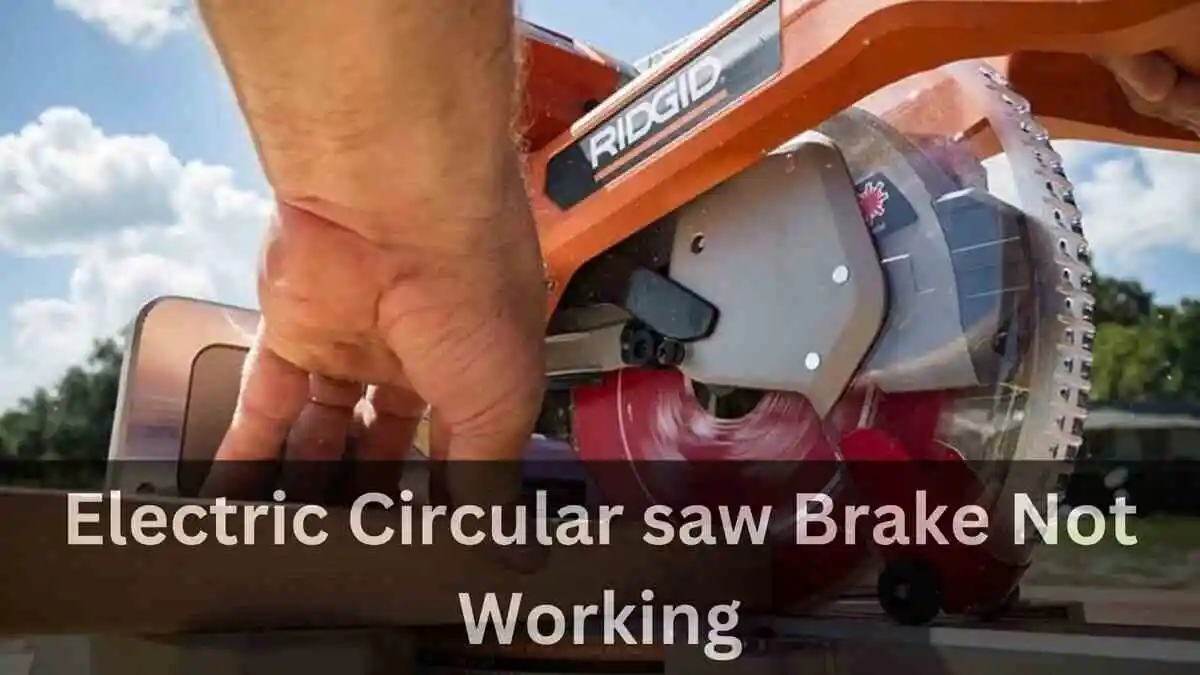The Makita DHP481 drill is a reliable and powerful tool, trusted by professionals and DIY enthusiasts for various tasks. However, like any piece of equipment, it can encounter issues that may leave you scratching your head and thinking of possible causes for makita dhp481 not working.
In this guide, we’ll explore common makita dhp481 problems you might face with your Makita DHP481 drill. Provide you with troubleshooting steps to identify and resolve the issues effectively.
First Thing First:
Initial Issue: If you have just bought your makita dph481 and facing issues in machine then it is good to go for a refund. If the refund time limit has ended then go for claiming warranty. Makita provides 3 years of warranty.
Durability Note: The Makita DHP481 boasts a lifespan of approximately 2 years. Beyond this period, issues tend to arise, primarily caused by users. If you have utilized your Makita drill within this timeframe, it is recommended to invoke the warranty before the 2.5-year mark. After this period, claiming warranty is generally discouraged as it typically extends the machine’s functionality for only an additional 2 months. Therefore, if you’ve used it for 30 months, it is advisable to consider purchasing a new drill machine.
Makita DPH481 Not Working Problems:
1. Battery Problem:
If your makita dph481 not working then the first thing to know is longevity of battery of this drill. The lifespan of the Lithium-Ion battery in this drill. is limited, and regular usage tends to expedite its wear and tear. On the contrary, infrequent use or prolonged periods of inactivity can result in the battery losing its charge and effectiveness.
To determine the presence of a problem, start by inspecting the battery. Examine both the battery and its connections, ensuring proper insertion into the drill to prevent sporadic stops.
Additionally, employ a multimeter to evaluate the battery voltage. A fully charged battery should indicate a reading at least 1 volt higher than the specified voltage on the battery label. For instance, an 18-volt battery should register at 19 volts or above. If the voltage reading equals or falls below the marked voltage, it is advisable to contemplate replacing the battery.
If your drill battery is charged but not functioning, explore other potential causes outlined below. However, if you suspect a faulty battery, consider acquiring a replacement battery.
2. Jamming Chuck Issue:
Another potential reason for your makita dph481 not working could be a jammed chuck. It’s crucial to note that if the drill bit doesn’t fit appropriately, the drill won’t rotate, and this problem is commonly associated with the chuck. To address this, use two pliers to rotate the chuck in opposite directions until it loosens.
If required, contemplate replacing the drill chuck. Additionally, scrutinize the chuck key to verify its proper functioning. If the key is not operating correctly, it might be essential to acquire a replacement drill chuck key.
3. Charger Troubleshooting:
If your makita dph481 not charging may be related to the charger. contemplate attempting an overnight charging session for the drill to check if it resolves the issue. If the drill operates for a period but then halts, two potential problems may exist: one related to the battery, as previously discussed, and the other concerning the charger, specifically a malfunctioning charger. Purchase a replacement charger if deemed necessary.
There are two issues that could impact the charger: it may be damaged or providing insufficient voltage. If your drill is not charging, take a moment to examine the charger. Ensure that the charger cable is securely connected and free from damage. If the charging port on the drill is not the source of the problem, consider replacing the charger after confirming the cable’s good condition.
If the cable seems to be in proper shape, the issue might be with the charging port. Refer to a guide or seek professional assistance to carry out the replacement of the charging port.
4. Torque Issues:
If your makita dph481 drill demonstrates slow spinning or encounters difficulty handling even lightweight materials, try resolving the problem by adjusting the torque settings. Rotate the ring positioned behind the chuck to a higher setting.
If this modification fails to address the issue, examine the battery to ensure it is fully charged. A low battery level can contribute to sluggish drill performance.
5. Trigger Examination:
If you have inspected makita and still won’t find any issue then check for trigger in case makita dph481 not turning on. The trigger functions as the gateway to power for your drill. If battery-related problems are ruled out, shift your focus to the trigger. If you notice that the trigger is pulled, yet the drill remains silent, the trigger may be the source of the issue.
For a more thorough analysis, remove the battery and measure the resistance between its contacts while pressing the trigger. There should be some resistance, not excessively low or high. If you obtain an exceptionally high reading, scrutinize the trigger by disassembling the drill motor and checking the ohms through the trigger posts. It should read zero when pressed and infinite when not. If you choose not to conduct this detailed check, follow these steps:
To troubleshoot a malfunctioning trigger switch in your drill, follow these steps:
- Check the Trigger Lock: Ensure that the trigger lock is not engaged. If activated, unlock it by moving the lock to the open position.
- Inspect the Trigger: Confirm that the trigger is not stuck. If it is, release it by pressing the trigger button.
- Clean the Trigger Switch: Utilize a contact cleaner to remove any dirt or debris that may be causing the trigger switch issue.
- Test the Trigger Switch: Operate the trigger switch and listen for a distinct clicking sound. If the switch fails to engage or disengage properly, it may require replacement.
If cleaning the trigger switch does not resolve the issue, consider replacing it. You can acquire a replacement switch mechanism and follow the manufacturer’s instructions for installation. Before opting for a new drill switch, ensure you have explored other potential solutions.
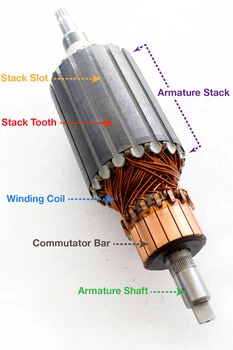
6. Armature Inspection:
If your makita dph481 drill machine stopped working or encounters interruptions during spinning, one potential resolution is to examine the drill armature. The armature comprises numerous coils wound around an iron cylinder with magnets surrounding it (as depicted in the image above).
Inspect the armature to determine if it is loose inside the magnets. Additionally, assess the condition of the coils around it. This evaluation can be performed by observing any sparks or unusual smells during operation.
If issues with the armature are identified, it is recommended to seek the assistance of a professional capable of rewinding the copper coils. Alternatively, if you possess the necessary knowledge, you may opt to undertake the rewinding process yourself, or you can purchase a new armature according to the voltage of your drill.
7. Magnets Examination:
The magnets within the drill’s armature are usually engineered to endure a lifetime, yet there exists a possibility that they might break. If your drill is not spinning, this issue could be associated with problems in the magnets or the entire armature.
Inspect the magnets on the drill armature to ascertain if any of them are broken. If broken magnets are detected, it is advisable to acquire a complete armature replacement. This replacement should effectively resolve the issue and reinstate the proper functionality of the drill.
8. Carbon Brushes Examination:
When a drill machine ceases to function, various factors could contribute to the issue. One potential cause is the condition of the carbon brushes.
These brushes, resembling black rods positioned around the commutator bar, may wear out over time, resulting in reduced power or a complete failure of the drill.
If you observe signs of wear or damage in the carbon brushes, it is recommended to replace them with compatible ones to reinstate the drill’s performance.
Safety Precautions:
- Power Off: Ensure that the drill is disconnected from the power source (unplugged) and the battery is removed before performing any repairs or replacements.
- Safety Gear: Wear appropriate safety gear, including safety glasses and gloves, when working on power tools.
- Professional Help: If you are not confident in performing these technical repair tasks, or if the issue involves complex internal components, it’s advisable to seek assistance from an authorized Makita service center or a qualified technician.
Conclusion:
Remember that proper maintenance and regular inspection of your Makita DHP481 drill can help prevent issues from arising. Additionally, following Makita’s guidelines for repairs and using genuine replacement parts will ensure the longevity and performance of your drill.
